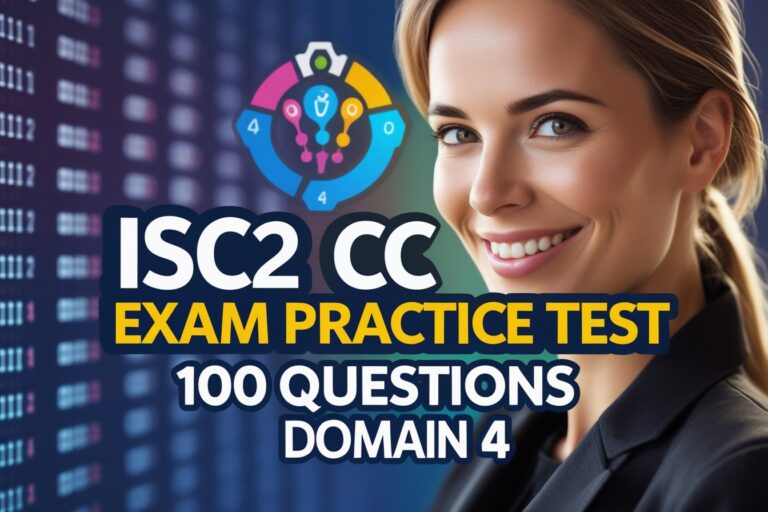1) Individuals sell their products to organizations in ………. type of E-Commerce.
A. C2C
B. B2B
C. B2C
D. C2B
2) Which of the following is not considered to be one of the three phases of e-commerce?
A. Innovation
B. Consolidation
C. Preservation
D. Reinvention
3) Which of the following is not one of the benefits of e-commerce to sellers?
A. E-commerce can help to reduce costs
B. E-commerce is a powerful tool for customer relationship building
C. E-commerce increases the net cost per contact.
D. E-commerce offers greater flexibility in meeting customer needs.
4) All of the following are major B2C business models except ……
A. content provider
B. industry consortium
C. transaction broker
D. service provider
5) ………. is the process of planning, implementing, and controlling the flow of goods and services from point of origin to point of consumption.
A. CRM
B. surplus management
C. transportation
D. logistics
6) What is the name given to an interactive business providing a centralized market where many buyers and suppliers can come together for e-commerce or commerce related activities?
A. Direct marketplace
B. B2B
C. B2C
D. Electronic Marketplace
7) Digital signature is …..
A. Scanned Signature on Computer
B. Code number of the sender
C. Public Key Encryption
D. Software to recognize signature
8) The concept of electronic cash is to execute payment by
A. Credit Card
B. ATM Card
C. Using computers over network
D. cheque
9) The type of website that engages consumers in interactions that will move them closer to a direct purchase is known as a ……… website.
A. Customer service
B. Interactive
C. Corporate
D. Marketing
10) The bank has to have the public keys of all customers in SET protocol as it has to
A. check the digital signature of customers
B. communicate with merchants
C. communicate with merchants credit card company
D. certify their keys
11) Secret-key encryption is also known as
A. Asymmetric encryption
B. Symmetric encryption
C. Secret-encryption
D. Private encryption
12) The most widely used encryption standard is …..
A. Advanced Encryption Standard(AES)
B. Data Encryption Standard(DES)
C. Universal Encryption Standard(UES)
D. Optimal Encryption Standard(OES)
13) A digital signature is required …..
i) to tie an electronic message to the sender’s identity
ii) for non repudiation of communication by a sender
iii) to prove that a message was sent by the sender in a court of law
iv) in all e-mail transactions
A. i and ii
B. i, ii and iii
C. i, ii, iii and iv
D. ii, iii and iv
14) The method(s) of payment for online consumers are
A. Electronic cash
B. Credit/debit card
C. Electronic checks
D. All of the above
15) Which of the following measures the percentage of people exposed to an online advertisement who actually click on the banner?
A. Impression rate
B. View-through rate
C. Click-through rate
D. Conversion rate
16) In public key encryption if A wants to send an encrypted message
A. A encrypts message using his private key
B. A encrypts message using B’s private key
C. A encrypts message using B’s public key
D. A encrypts message using his public key
17) What scrambles the contents of a file so you can’t read it without having the right decryption key?
A. Encryption
B. Intrusion-detection software
C. Security auditing software
D. All of the above
18) Advantages of B2C commerce are
i) Business gets a wide reach to customers
ii) Payment for services easy
iii) Shop can be open 24 hours a day seven days a week
iv) Privacy of transaction always maintained
A. i and ii
B. ii and iii
C. i and iii
D. iii and iv
19) Which of the following is a limitation of auctions?
A. Market size
B. Diversity of offerings
C. Potential for fraud
D. Dynamic nature of sales
20) For carrying out B2B e-Commerce the following infrastructure is essential.
i) World Wide Web
ii) Corporate network
iii) Electronic Data Interchange standards
iv) Secure Payment Services
v) Secure electronic communication link connecting businesses
A. i, ii and iii
B. ii, iii and iv
C. ii, iii, iv and v
D. i, ii, iii, iv and v
Answers:
1) D. C2B
2) C. Preservation
3) C. E-commerce increases the net cost per contact.
4) B. industry consortium
5) D. logistics
6) D. Electronic Marketplace
7) D. Software to recognize signature
8) C. Using computers over network
9) B. Interactive
10) A. check the digital signature of customers
11) D. Private encryption
12) A. Advanced Encryption Standard(AES)
13) B. i, ii and iii
14) D. All of the above
15) C. Click-through rate
16) C. A encrypts message using B’s public key
17) A. Encryption
18) C. i and iii
19) C. Potential for fraud
20) C. ii, iii, iv and v






